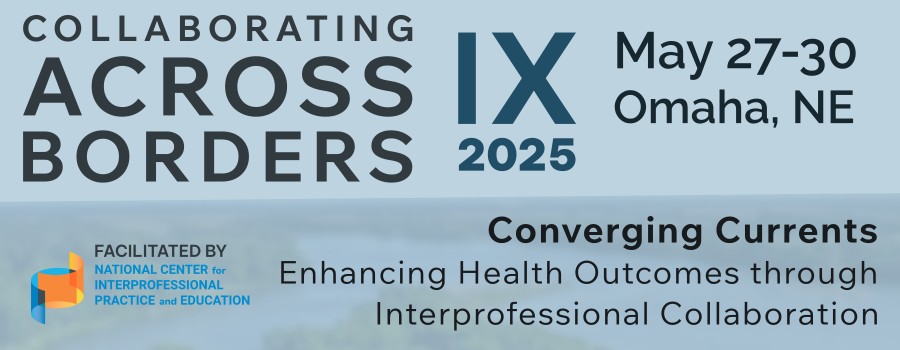Poster Presentation
Optimizing Postpartum Care Coordination: A Behavioral Analysis of Healthcare Team Interactions in Inpatient Settings and Implications for Enhancing Collaborative Practice
-
CDT
Room: Grand Central Foyer
Track:
- Expanding Interprofessional Health and Social Care Teams and Collaborative Practice
Inpatient postnatal care is crucial for the well-being of mothers and newborns, involving clinical assessments, education, emotional support, and care coordination. Healthcare roles in this setting are diverse, with workflows often overlapping within patient rooms. This study investigates how interprofessional communication unfolds in these interactions and examines how teams collaborate to support patients during this critical phase of care.Goals, objectives, and purpose: The goal of this study is to analyze interprofessional team interactions in postpartum inpatient settings. We aim to identify key moments of collaboration and communication, focusing on contexts where multiple healthcare professionals are engaged. The purpose is to generate insights that can improve care coordination and inform strategies to enhance interprofessional teamwork in postpartum care.Methods/Methodology: Following IRB approval, the Postnatal Patient Safety Learning Laboratory team filmed 15 postpartum families and their healthcare teams at an academic medical center between August-December 2020. A behavioral taxonomy was used to code recordings from the 12 hours before hospital discharge. We sought to identify contexts in which more than one healthcare team members were facilitating in-room postnatal care.Results/Findings: A total of 93 interprofessional interactions were analyzed. There was a median of 6 instances/patient (range 0-10) with 2-5 healthcare team members. The interaction duration was 3 minutes (range < 1-49 minutes). Identified context categories include: Discharge Conversation and/or Patient Education, Lactation Consulting, Assessments, Lab Discussion, Nurse Change, and Research Discussion. In some instances, categories overlapped, such as patient education occurring with one clinician while another clinician examined the newborn, eliciting infant cries. Relatedness was also noted, such as incidental presence of multiple staff (e.g. food services enter room during patient education).Conclusions, implications, and/or curiosities: Future analyses will explore interprofessional interaction structures (e.g., turn-taking during family engagement) and overlapping sounds (e.g., multiple individuals speaking simultaneously). Findings may inform workflow recommendations to enhance interprofessional care and improve family-focused postnatal services.
References
- Acknowledgments: This project was funded under grant number R18HS027260 from the Agency for Healthcare Research and Quality (AHRQ), U.S. Department of Health and Human Services (HHS). The authors are solely responsible for this abstract’s contents, findings, and conclusions.


